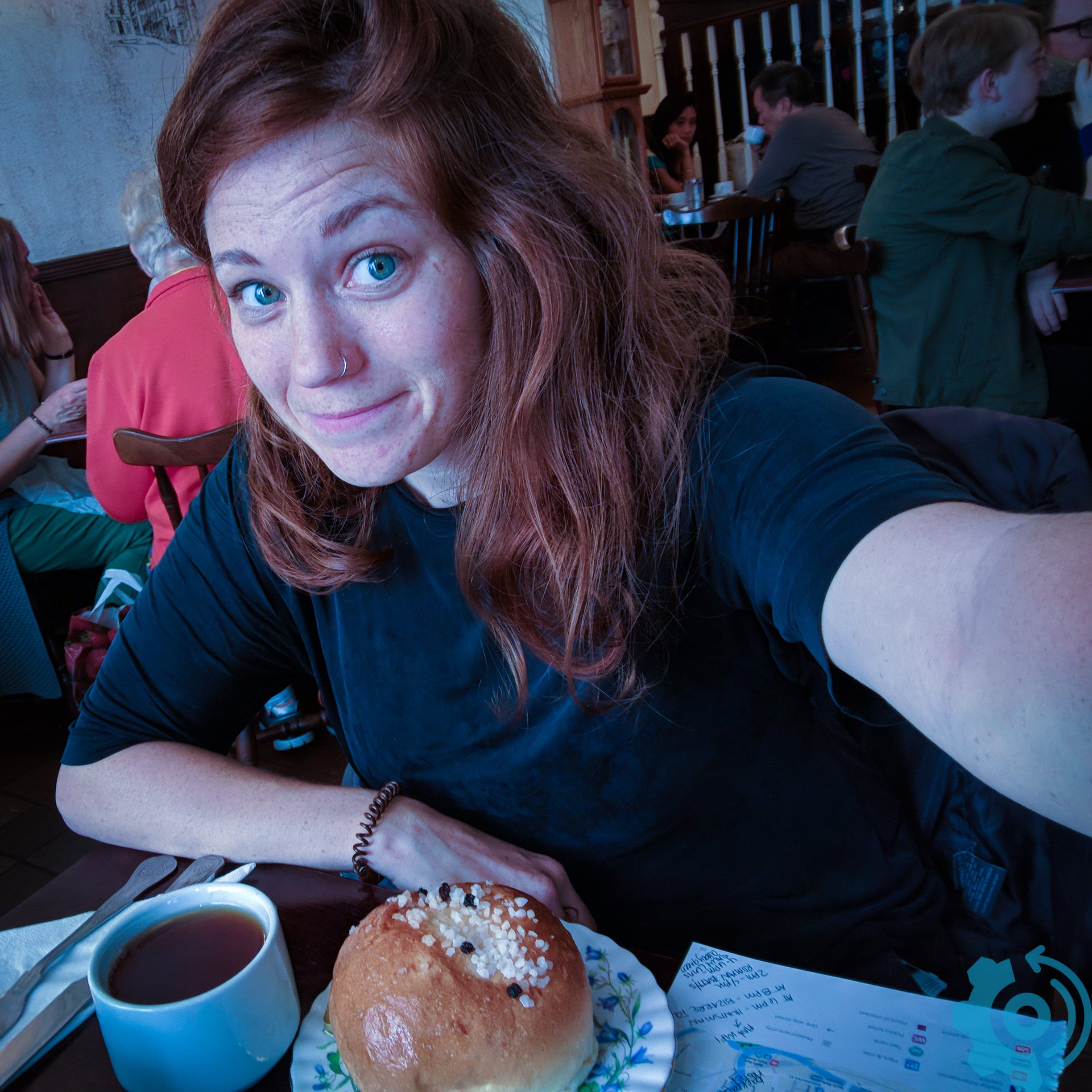Roman Bath - a travel case study
The Romans have always intrigued me. In the fourth grade, I researched Pompeii after my neighbor from Ramstein took my Flat Stanley on a once-in-a-paper-lifetime excursion to see the ruins. In high school, my ninth grade boyfriend made a 3D animation of the Colosseum, in all its splendid naked digital glory, with the tune from 6 flags theme parks in the background. After grad school, my parents and I went on an expedition to Rome, walking around the metropolis as I dragged them on a train out to see real-life aqueducts in a nearby suburban park. It was decidedly NOT on the tourist route.
Roman engineering is my perception filter. I think about engineering a bit more than other folks, so I see it everywhere, all around me. Even in history.
My interest in history may be academic, but it's not an obsession with the facts of the past. I am more interested in current-day application of historical knowledge. What is it about history that depicts how the world spins today? How can we implement historical knowledge to further today's ambitions? What are the eye-opening marvels of generations dead people that can inspire us today?
Which is how we come to my trip around England last year. I jetted off to London on an impromptu solo vacation. These are my jam [pun intended, with biscuits and afternoon tea]. Bath, known for its romantic spa getaway and quaint Edwardian bed and breakfasts, is not an obvious vacation spot for your 27-year-old, female solo-traveler. I get that. And to be fair, I didn't stay long. Long enough to see the baths and do an amazingly weird tour. It was so worth the day trip. And that's why I want to convince you that it should be on your bucket list, too.
Roman baths
This is a site to behold. You've seen images of it before, but seeing it in person is like gazing upwards from underneath the Leaning Tower of Pisa: it's unbelievable. It's incomprehensible. How does something this beautiful and mysterious exist?
Water Quality
The water has an acute level of lead. For context, drinking water lead levels are 15 parts per billion (ppb). But as always, this science is evolving the more we know about human (male and female and nonbinary) exposure to different minerals and the more minute our technology can comprehend. However, you can bath in lead-contaminated water at over 15 ppb as it does not absorb into the skin. But shhh, don't tell the museum that I touched the water.
These ladies were telling me all about the lead and other minerals they used in some of the makeups (they were actors). The Romans actually knew about the adverse effects of lead.
Geology of a hot spring
A spring is a hydrogeological feature where groundwater is pushed through fissures in the earth until it reaches daylight. The movement of the water comes from it's being under pressure. Groundwater sits in a sponge-like formation (see my blog post about groundwater wells which explains it). Sometimes these formations, or aquifers, are overlain by other rock formations which provides what we call a confining pressure. You have a sponge full of water and you place a book on it which forces the water to migrate through the pore spaces to larger cracks and then--zip!--it moves fast through the resistance-free crack. A spring is just where the crack reaches the surface. If water comes from deep underground, it will still be heated by our earth's squishy magma center.
The hot spring under Bath rises up at a rate of 1,170,000 litres each day at 46C.
Water engineers
Our Roman ancestors were great water engineers. I mean, they did the aqueducts and the concrete we always hear about. I heard during my audiotour that their excavation methods was hand shoveling and then they used wooden stakes for trench protection (so it doesn't cave back in). This excavation built the base of the pool. Then they let the natural hot spring fill it back in through the spring box (orange photo above). Can you imagine doing that without a bucket excavator?
Water quality analysis
As you leave the baths you can taste some of the water (which has been filtered out for toxins). It was very metallic-tasting to me. And warm. But no surprise there.
Now it's time for a little snack.
Reading: How to win friends and influence people. It's pretty no-brainer stuff that can be so difficult to practice. A nice little refresher on how to human.
Working: Reviewing a geochemical analysis of water quality for groundwater and drinking water sources. For this project (it's an ASR project), we will take the drinking water and inject it into the ground for safe keeping. We want to make sure that there won't be any adverse reactions that precipitate minerals or that react with our water. The charts we use are called piper diagrams and they look like little triangles. I am not the geochemist so I just am reading the TM before we sending it to the state as part of the UIC well permit application.
Listening: I love Anne Marie. And all the British artists. Y'all know this about me.











